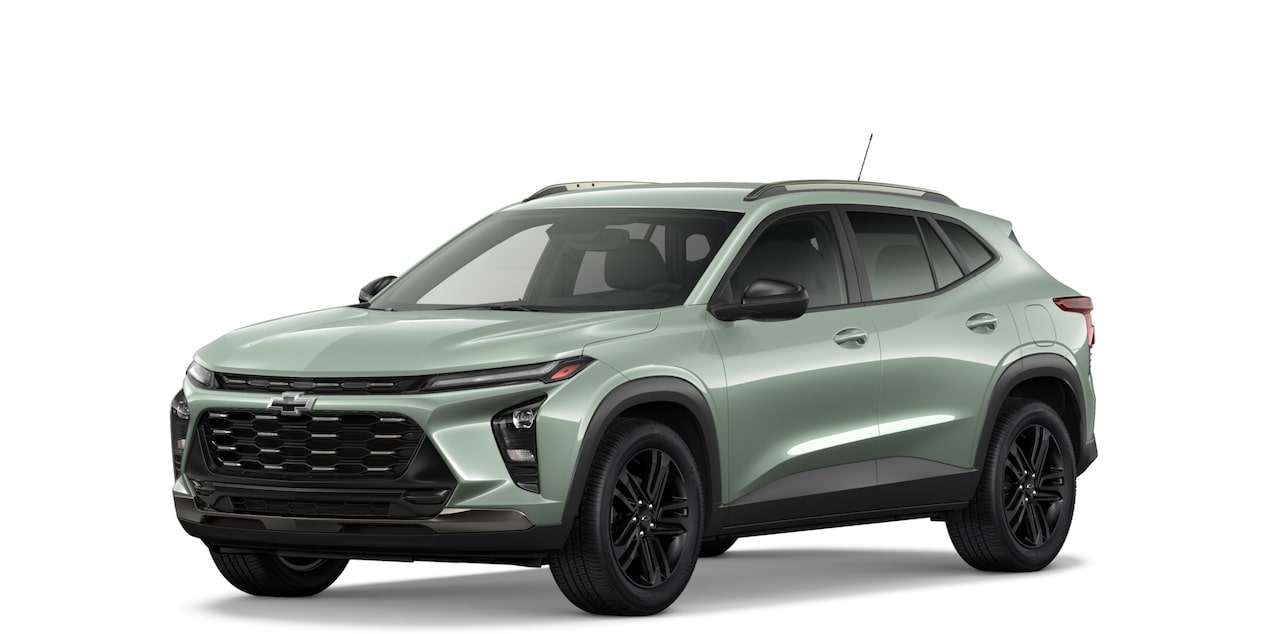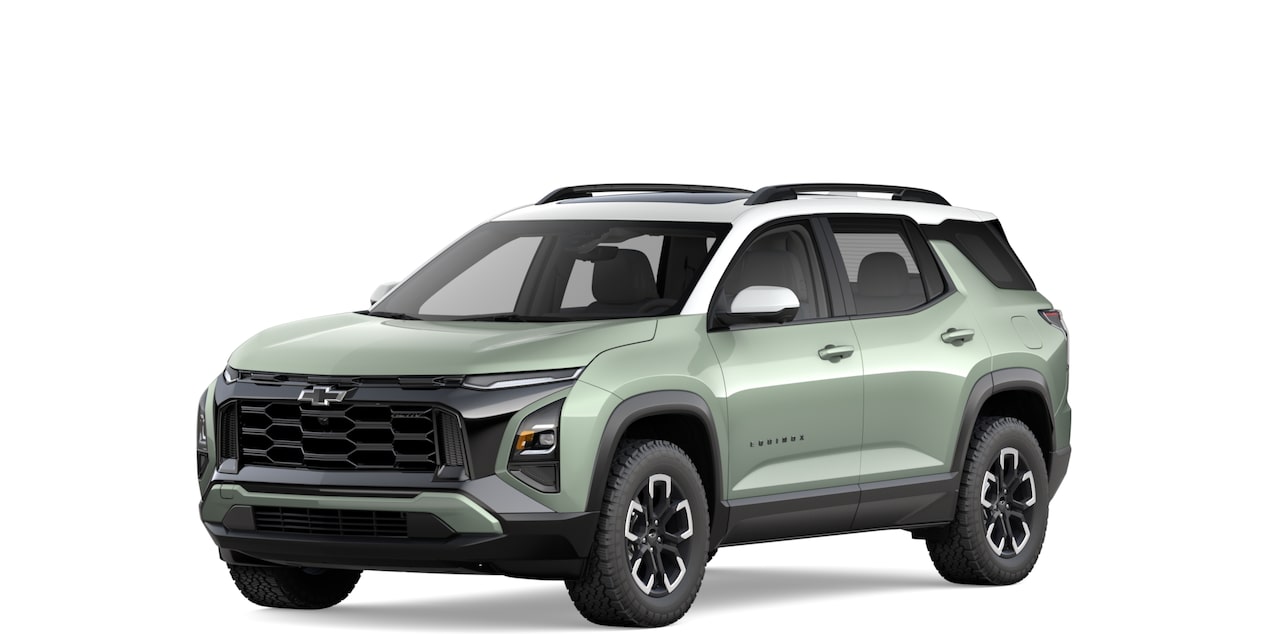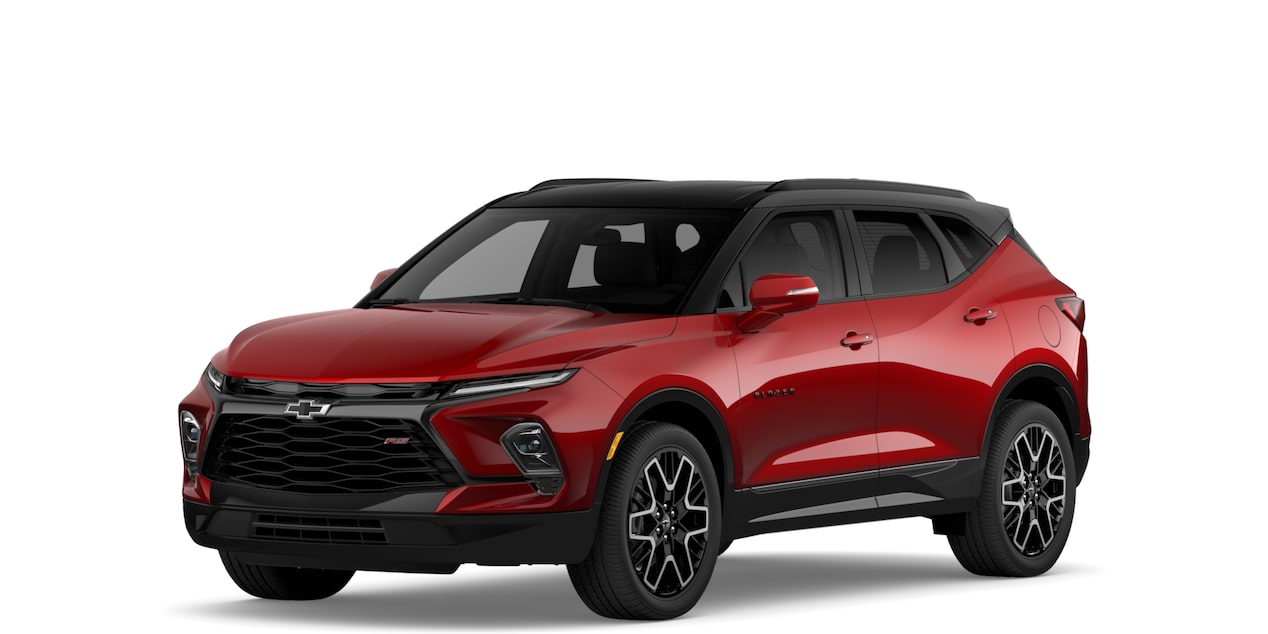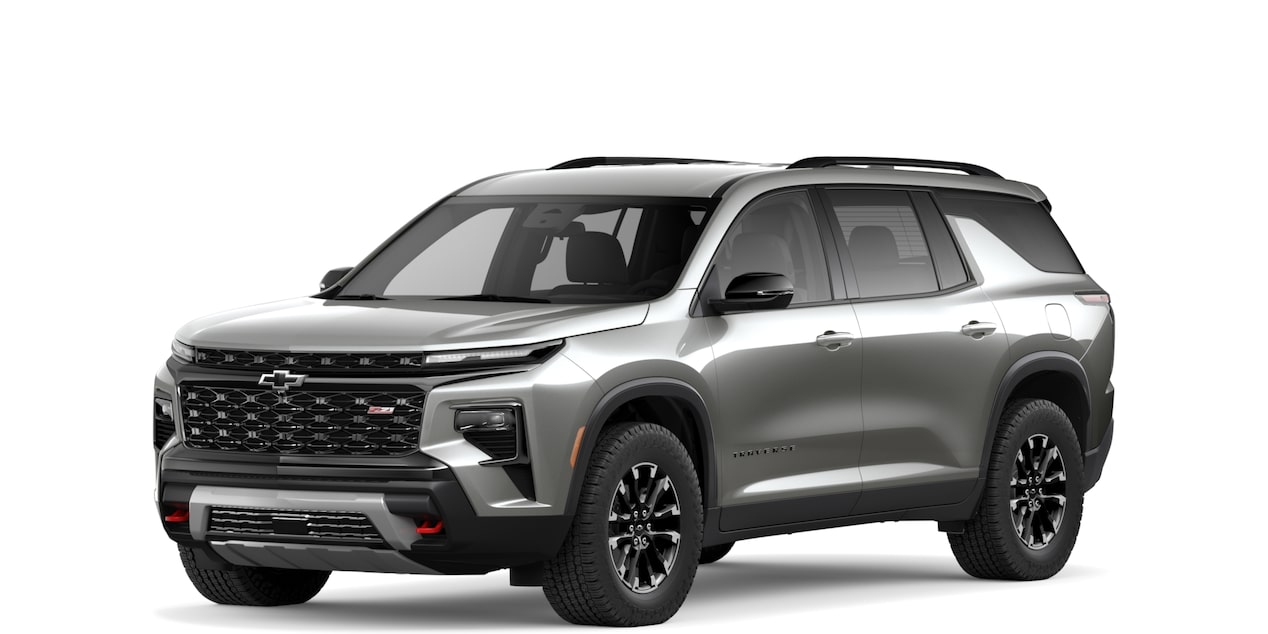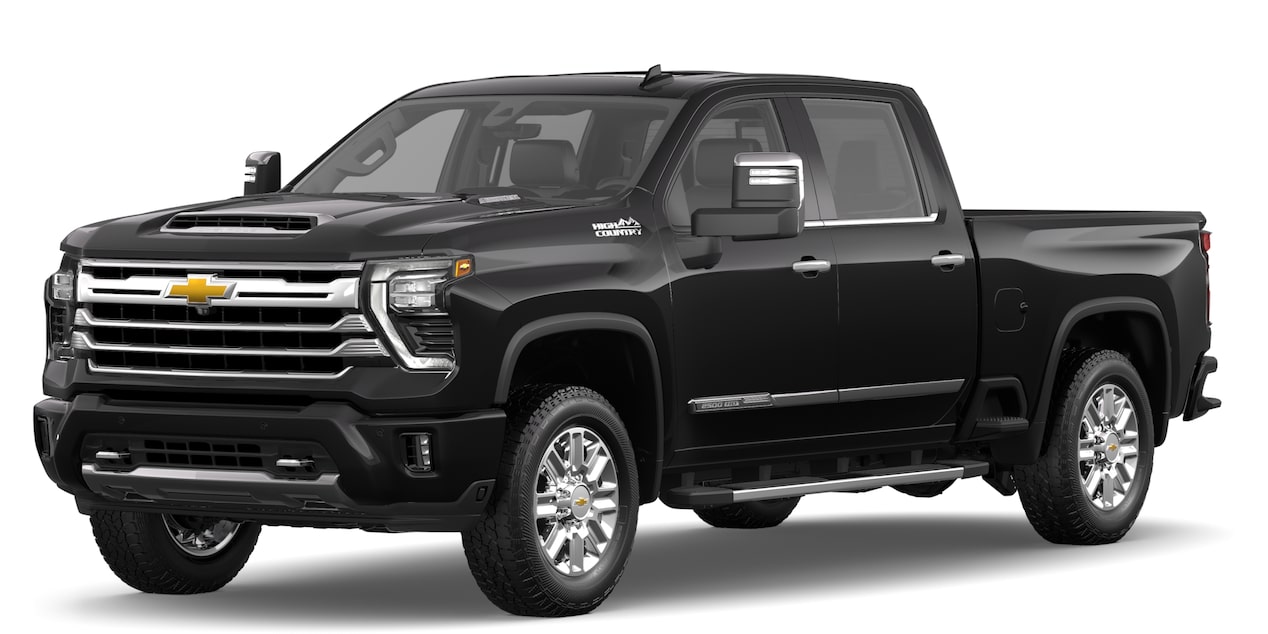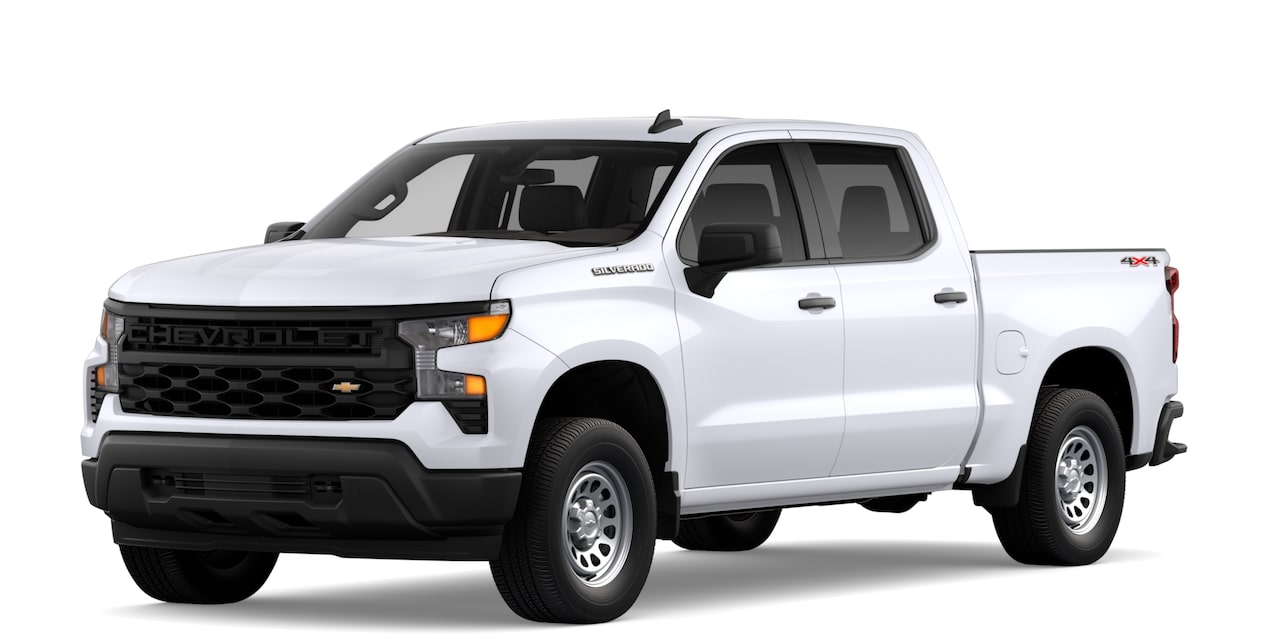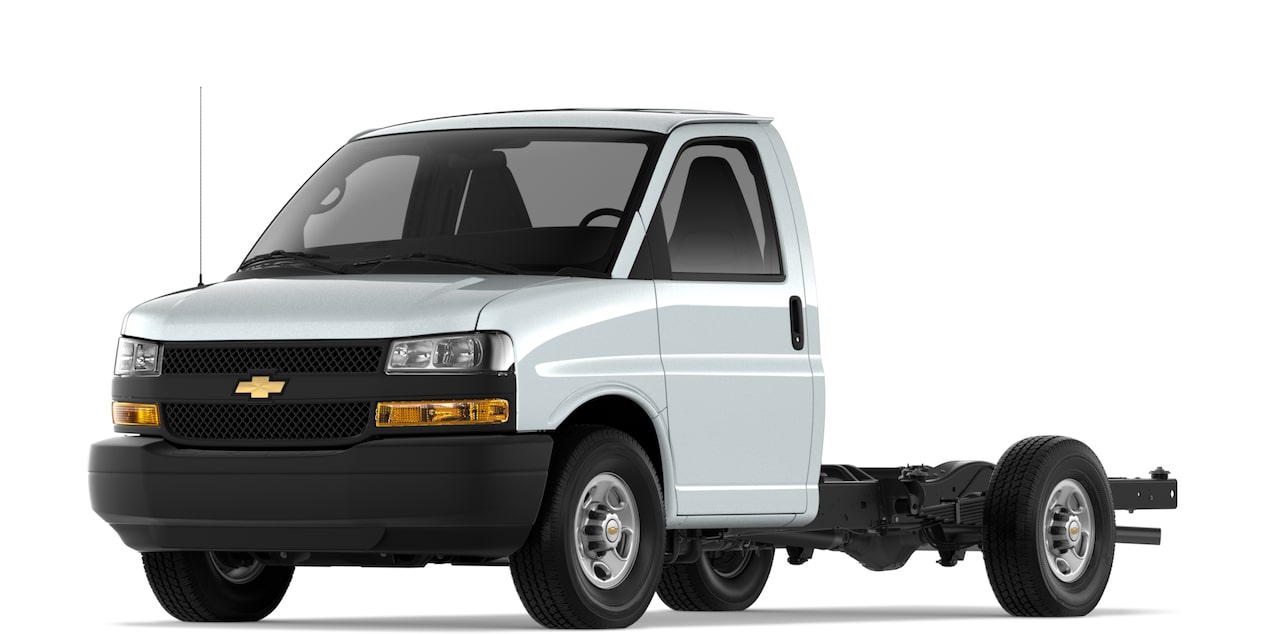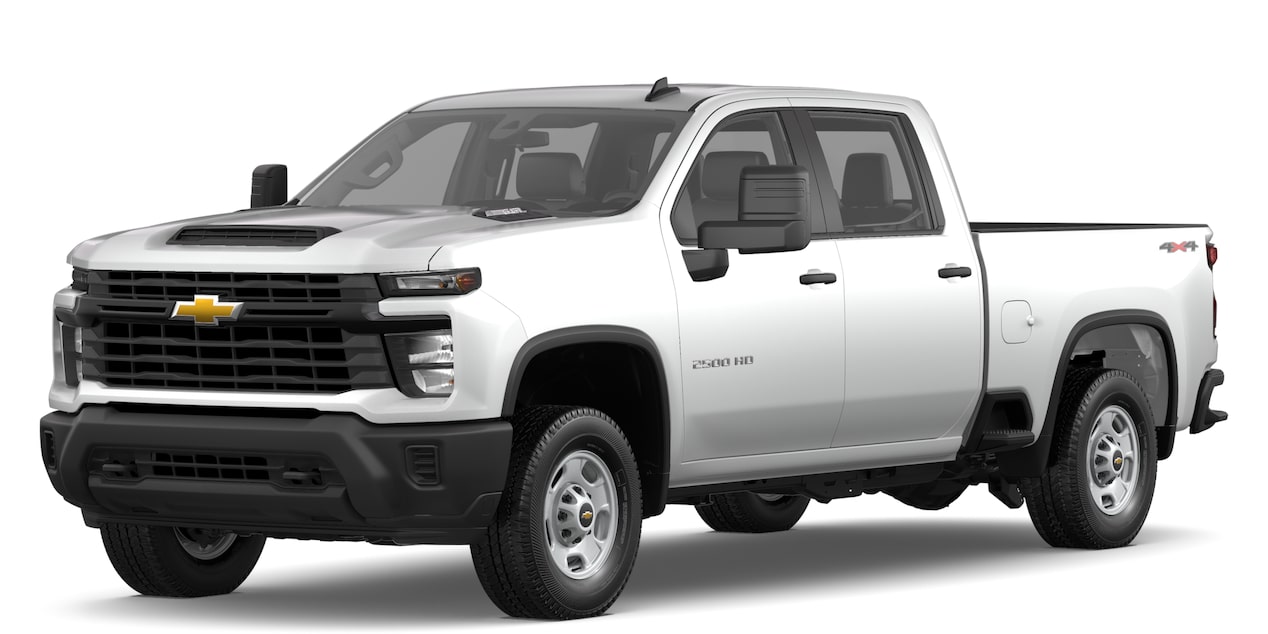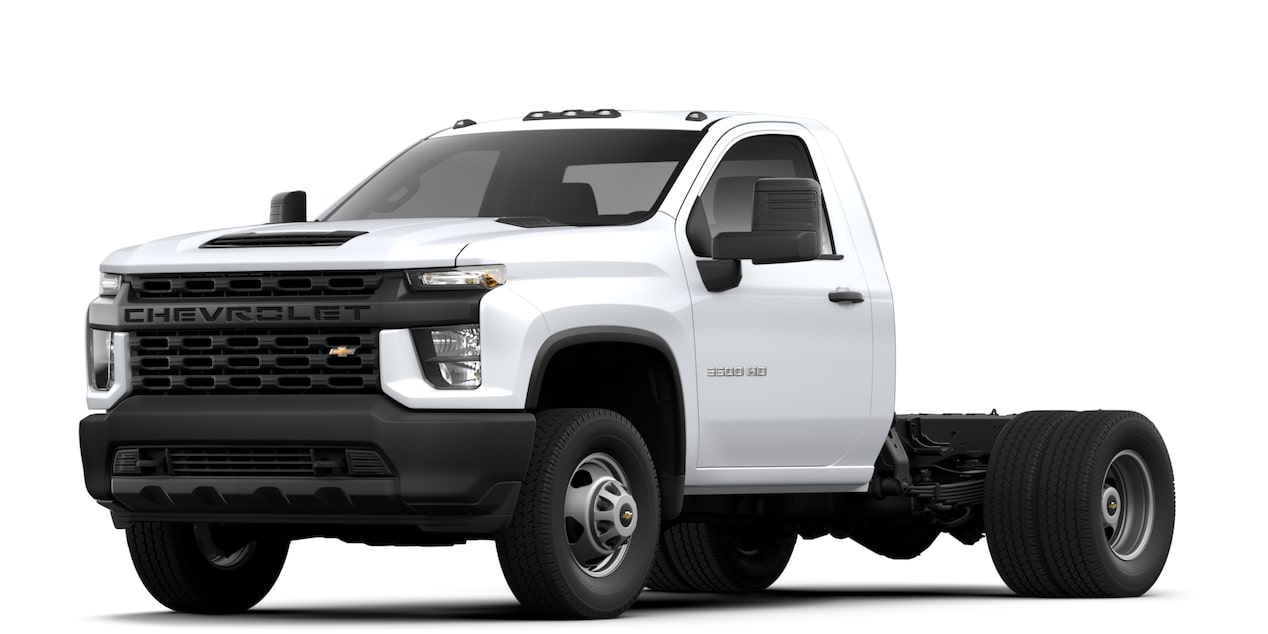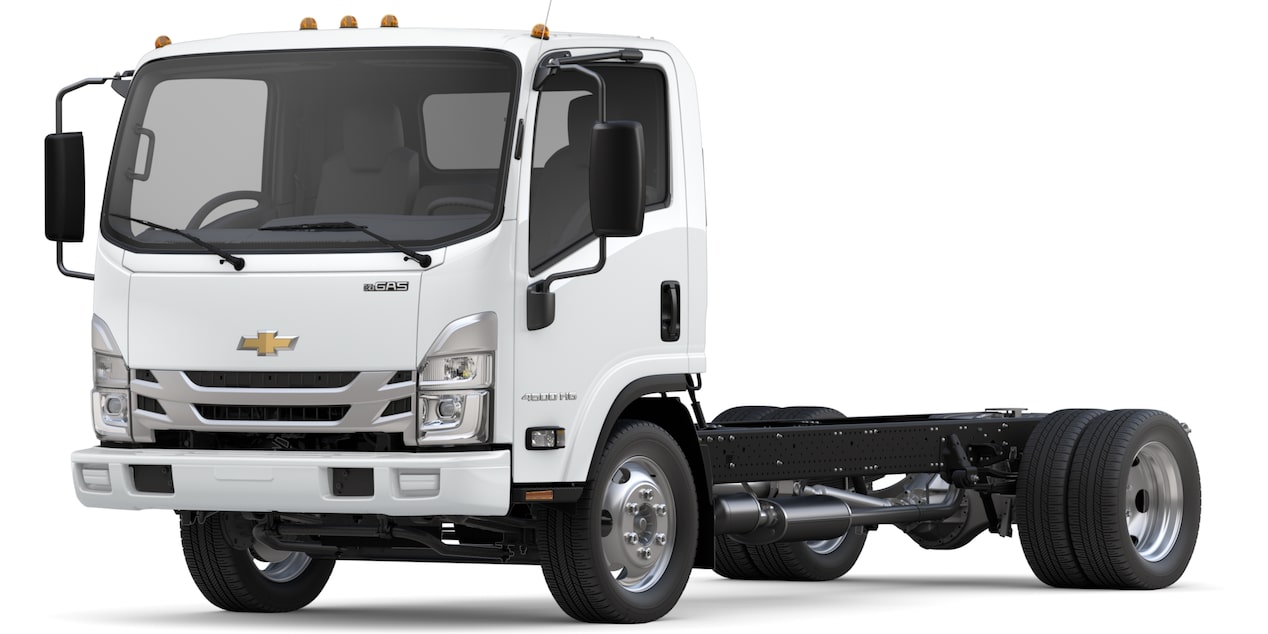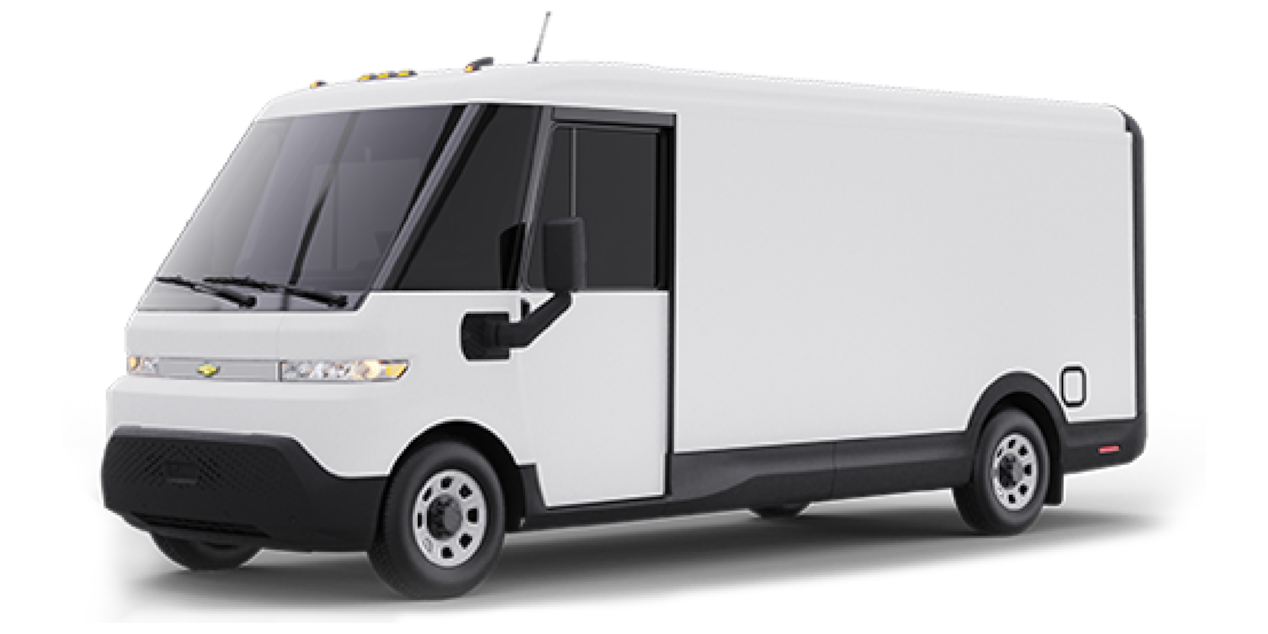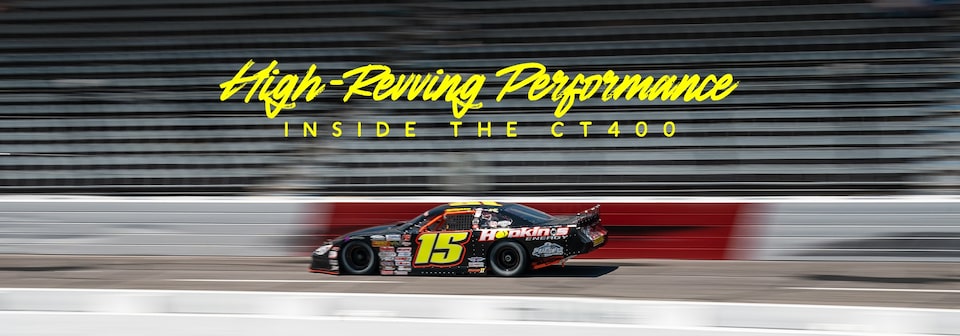
Published 9/7/23
A Desert Run from Vegas to Reno
WORDS: DAN HODGDON
PHOTOS: THE BLOCK
Share on
Share on
Visit us at
Visit us at
August in the desert is known for being hot. Like really, really hot. Mercury reaching well over triple digits hot. But among the off-road racing community, it’s also known for Vegas to Reno, the crown jewel of the Best in the Desert off-road racing series.
For many competitors, the heat is part of what makes the event so prestigious and such a reward to finish, let alone win.

Tech inspection for Best in the Desert: Vegas to Reno is held at the Aliante Casino & Hotel the day before the event.
The Vegas to Reno race is billed as “500 Miles of Dust, Rocks and Glory.” It has attracted some of the most well-known racers and cutting-edge vehicles in the off-road space since 1996, when it was founded by the renowned late off-road racer Casey Folks. Today, his son Bryan heads up the event and the Best in the Desert sanctioning body, which traces its roots to off-road motorcycle events hosted by Casey Folks in 1984.
During this year’s Vegas to Reno event, time trials were held for some divisions on part of the desert race course in the desolate Amargosa Valley on a Wednesday in mid-August. Tech inspection and an event expo then took place the following day in the parking lot of the Aliante Casino & Hotel in North Las Vegas.
Desert mountains surround the resort and provided a picturesque backdrop as temperatures hovered over 100 degrees. Dozens of trucks, UTVs, quads, cars and motorcycles snaked through vendor displays to receive transponders and decals. At the same time, staff ensured mechanical parts and all safety equipment complied.

Chevrolet Performance-backed Chad Hall and Hall Racing race their stock-production Chevy trucks in some of the world’s most grueling conditions.
On Friday, it was on to the desert where a total of 248 entrants took on the 521-mile challenge. Throughout the day, vehicle after vehicle built for off-road competition left from the starting line in the Amargosa Valley, just over 90 miles northwest of the Las Vegas Strip. A lonely drive up Highway 95 through the desert and dotted only by occasional glimpses of civilization takes you to the start of the course.
Past the starting line, this year’s program featured 13 pit areas spread ever northward. Along the way, competitors encountered sand, dirt, dust, rocks, shrubs and an untold number of other obstacles that appear in the desert landscape.
The fortunate reached the finish line in Dayton, Nevada, outside of Reno.
While other courses are known to cover rougher terrain, this one has many high-speed sections, only adding to the challenge.
“It’s soft, really hot, and fast,” said Chad Hall, whose Chevrolet Performance-backed Hall Racing program was participating in stock production classes with its 2023 Chevrolet Colorado ZR2 and 2023 Silverado ZR2 off-road race trucks.
The Silverado ran in the C/T Stock Full class, while the Colorado participated in the C/T Stock Mid category. Both trucks finished the grueling event to place first in their class. The Colorado finished 36th overall.
“We run windows up, the AC on and floor it,” Hall said.

Vegas to Reno was the first event for Hall Racing’s new 2023 Colorado ZR2 off-road race truck.
Indeed, Hall and his team put their trucks through extreme paces each season to test both the production trucks themselves and related performance components. The results are ever-better products for the end user.
The Colorado, which rolled straight off the GM assembly line, is based on the forthcoming 2024 Bison and was participating in its first race. The Silverado meanwhile was first built in 2019 and has received a variety of upgrades over the years.
For Hall, the Vegas to Reno event’s landscape was an important maiden test for the new Colorado.
Up until the Vegas to Reno event, the Hall Racing team had been running a pre-production version of the 2023 Colorado ZR2. While many of the new Colorado’s parts remain the same, among the upgrades are the use of Multimatic Jounce Control Dampers and a roll cage setup that provides more support at the rear of the frame.
“Off-road racing in a stock truck is just so hard on the trucks that it takes all the refinement of everything,” Hall said.

Many trucks competing in the spec-based 6100 class in Best in the Desert competition feature LS-based engines.
Meanwhile, Coastal Racing was also on hand, with a truck utilizing a power plant based on the Chevrolet Performance LS376/525 crate engine*. The Pennsylvania-based team was taking part in Best in the Desert’s 6100 class, a spec-based division designed to keep costs under control compared to the wide-open rules in the headlining classes known as Trick Truck, Trophy Truck or Unlimited based on the sanctioning body.
While the name of the class varies on the spec side as well, the concept is mostly the same in each organization. In Best in the Desert, a variety of engine options are available, but many competitors choose the aluminum LS3 with the same aggressive camshaft upgrade found in the crate version of the LS376/525.
The complete LS-based engines come directly from GM and are sold to competitors by approved builders. The oil pans must remain stock and are based on either a Camaro or Corvette. A stock ECU is required as well. The approved builders also tag and seal the engines. Rebuilds are allowed by approved builders, but must feature components with factory part numbers and again be tagged and sealed.

Coastal Racing campaigns a truck utilizing an engine closely resembling the Chevrolet Performance LS376/525 crate engine.*
Coastal Racing won the spec class in the ultra-prestigious Baja 1000 in both 2021 and 2022 utilizing a truck with a TSCO chassis maintained by Jake Velasco of Jake Velasco Race Prep in El Cajon, California.
The team often competes in Mexico, and its Vegas to Reno truck was the same one they use to pre-run (or test run) courses south of the border.
The LS3 platform’s reliability, ease of use and lightweight power are benefits for Velasco’s customers – a theme found both in project builds and multiple racing disciplines.
“With the LS engine package we’re able to run and get more mileage out of it,” Velasco said. “So for instance, our teams buy a brand new engine, we’ll race one race with it, extract it, put it in the pre-runner and put five to six thousand miles on it before we yank it. It’s the longevity side of it and all we do maintenance-wise is basically change the oil.”
Additionally, the Vegas to Reno event provided an opportunity for Velasco and the Coastal Racing team to take on a race that puts its vehicle to the test – and have a little fun along the way.
“Vegas to Reno is our favorite because you get the mileage out of it,” he said. “You spend all the time and the effort and the money, and to be able to run 500 miles is essential for us. This is really good for us as a team because we’re actually testing different drivetrain components.”

Coastal Racing's LS-powered trucks are prepared by Jake Velasco Race Prep.
Also currently in development by Chevrolet Performance for spec trucks and other competitors is an off-road-specific engine known as the 525RLB. It is based on the brand’s popular LS-based CT525 circle track engine* using the power plant’s durable and strong components. Like the circle track engines, the 525RLB is factory-sealed by GM and will soon find its way into a variety of off-road rules packages.
A wide variety of teams with differing agendas make up each Vegas to Reno event, but all agree the desert heat and flat-out nature of the race make it an accomplishment simply to take part in.
“It really tests the stuff, and if you can make it, that’s pretty good stuff,” Chad Hall said.
That goes for driver and machine.
Be sure to keep watching The BLOCK for more from this year’s Best in the Desert: Vegas to Reno event.
*Because of their effect on a vehicle's emissions performance, these engines are intended exclusively for use in competition vehicles. These engines are designed and intended for use in vehicles operated exclusively for competition: in racing or organized competition on courses separate from public roads, streets or highways. Installation or use of these engines on a vehicle operated on public roads, streets or highways is likely to violate U.S., Canadian, and state and provincial laws and regulations related to motor vehicle emissions.




